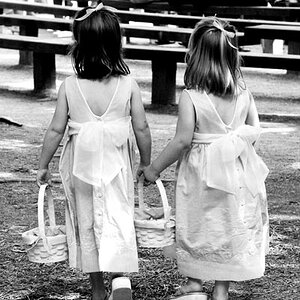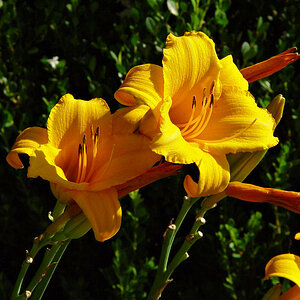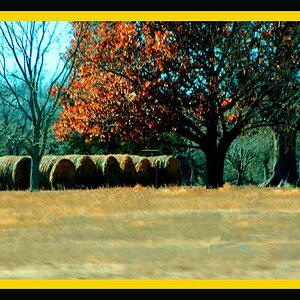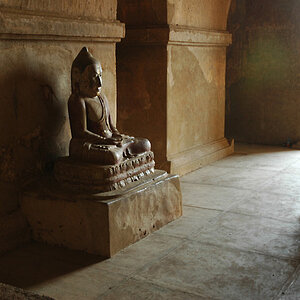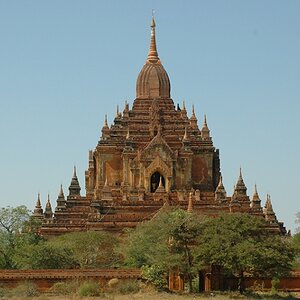feg94
TPF Noob!
- Joined
- Aug 21, 2014
- Messages
- 36
- Reaction score
- 21
- Location
- Massachusetts
- Website
- www.flickr.com
- Can others edit my Photos
- Photos OK to edit
Yesterday I took my camera out to a state park and shot a few pictures of some leaves. I immediately noticed that they look grainy, so tips are greatly appreciated.

[url=https://flic.kr/p/pt4rY3]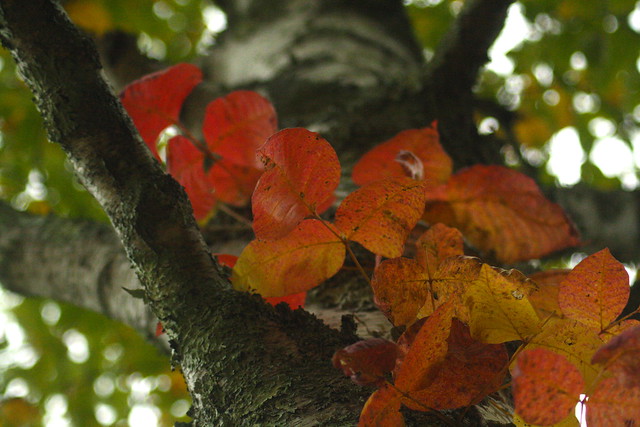
[url=https://flic.kr/p/pbAqS3]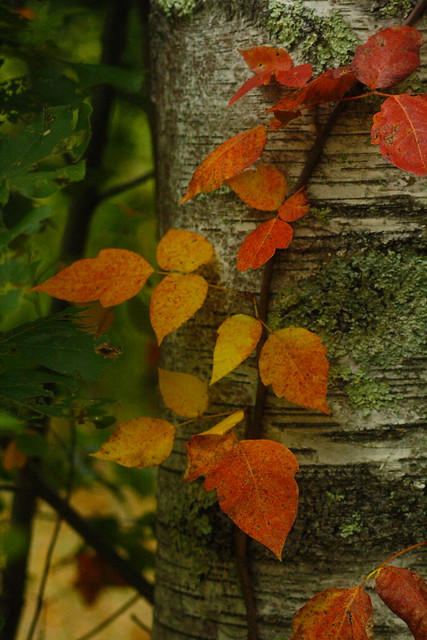 Foliage III by Capit0lism, on Flickr[/url][/url]
Foliage III by Capit0lism, on Flickr[/url][/url]

[url=https://flic.kr/p/pt4rY3]

[url=https://flic.kr/p/pbAqS3]
 Foliage III by Capit0lism, on Flickr[/url][/url]
Foliage III by Capit0lism, on Flickr[/url][/url]


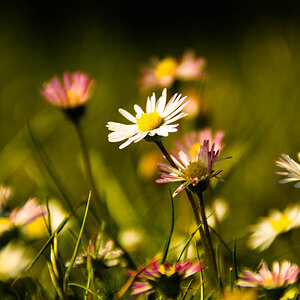
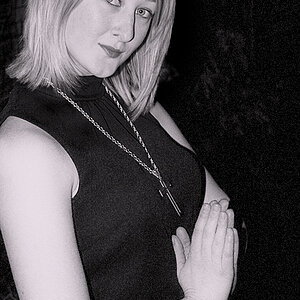
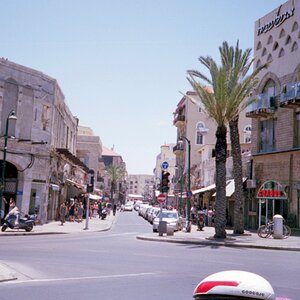
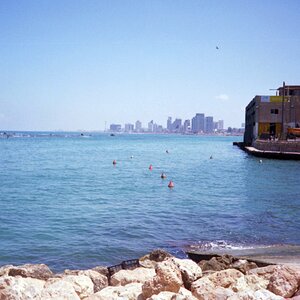
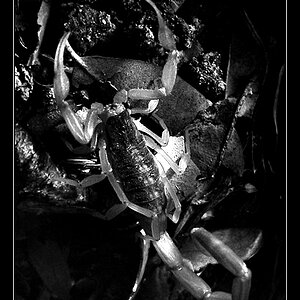
![[No title]](/data/xfmg/thumbnail/32/32630-d78de94d84be2acf57d5e0923482b4da.jpg?1619735552)

